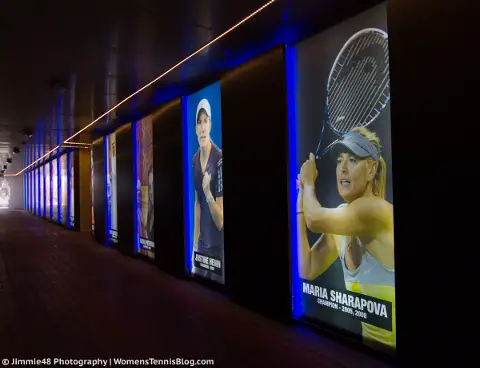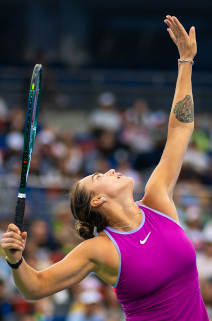The results of ITF’s first research project on gender equality in sports reveal that the conversation around men’s tennis is more focused on matches, while off-court topics are prevalent in women’s tennis.

The first-of-its-kind global research project explored differences by market and media type, as well as any differences in consumer searches between male and female players. Key findings from Global English, France and Spain data show that coverage of men’s tennis includes a strong combative narrative and a sense of history, elite competition and achievement. On the other hand, the conversation around women’s competition is less intense and relatively more focused on off-court stories, from health and age to family.
There are very few differences in top search terms and search questions around male and female tennis players. Despite this, Google search results proved to be unbalanced: only 6 out of 50 search results are women if you Google “Top 50 tennis players”. Are you surprised by this fact?
ITF President David Haggerty commented on the findings:
The results reveal that, despite similar public appetite across both men’s and women’s tennis, there is a distinct difference in the narrative surrounding them. It’s important to acknowledge that this difference is not necessarily always negative, but we must avoid a situation where a different focus arises as a result of conscious or unconscious bias, as ultimately that can diminish the sporting achievements of female athletes.
Here are some of the gender equality research results:
- Women’s tennis content is twice as likely to reference a player’s age
- Men’s tennis content is twice as likely to refer to ‘battle’ terminology
- Men’s content is 70% more likely to mention a player’s physical prowess
- G.O.A.T was mentioned 50% more in men’s tennis content than women’s
- There were 40% more references to ‘making history’ in men’s tennis content
- Women’s tennis is over 2x more likely to mention health and medical treatment
- Women’s content is 30% more likely to refer to players’ family
- ‘Career’ is mentioned nearly 50% more in women’s coverage than men’s coverage.
Although very rare, comprising less than 0.5% of online content, the research also found:
- Women’s content is nearly twice as likely to mention clothing vs. men’s content
- There were 11x more mentions of skin color in women’s tennis
- There were 3x as many mentions of BLM in women’s tennis
The research was published ahead of the ITF’s global forum on gender equality, ‘Level the Playing Field’. Billie Jean King, Victoria Azarenka, Chanda Rubin, Caroline Weir and Annika Sorenstam were among a star-studded line-up of speakers.







I am going to concentrate more now, but it seems to me that the Tennis Channel coverage appears to be non biased. Tracy Austin, Chanda Rubin, Paul Annacone, and Brent Haber all seem to be more focused on tactics and court strategies for both men and women in the tournaments they cover. I will pay more attention as I watch the Men’s Monte Carlo tournament and the Women’s Charleston tournaments this week. They always have a Social segment where they show social media aspects of all the players lives..equally women and men players.
Jim, what I’m noticing on my blog is that off-court topics are more popular than tournament articles.